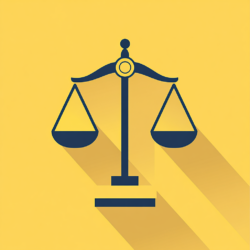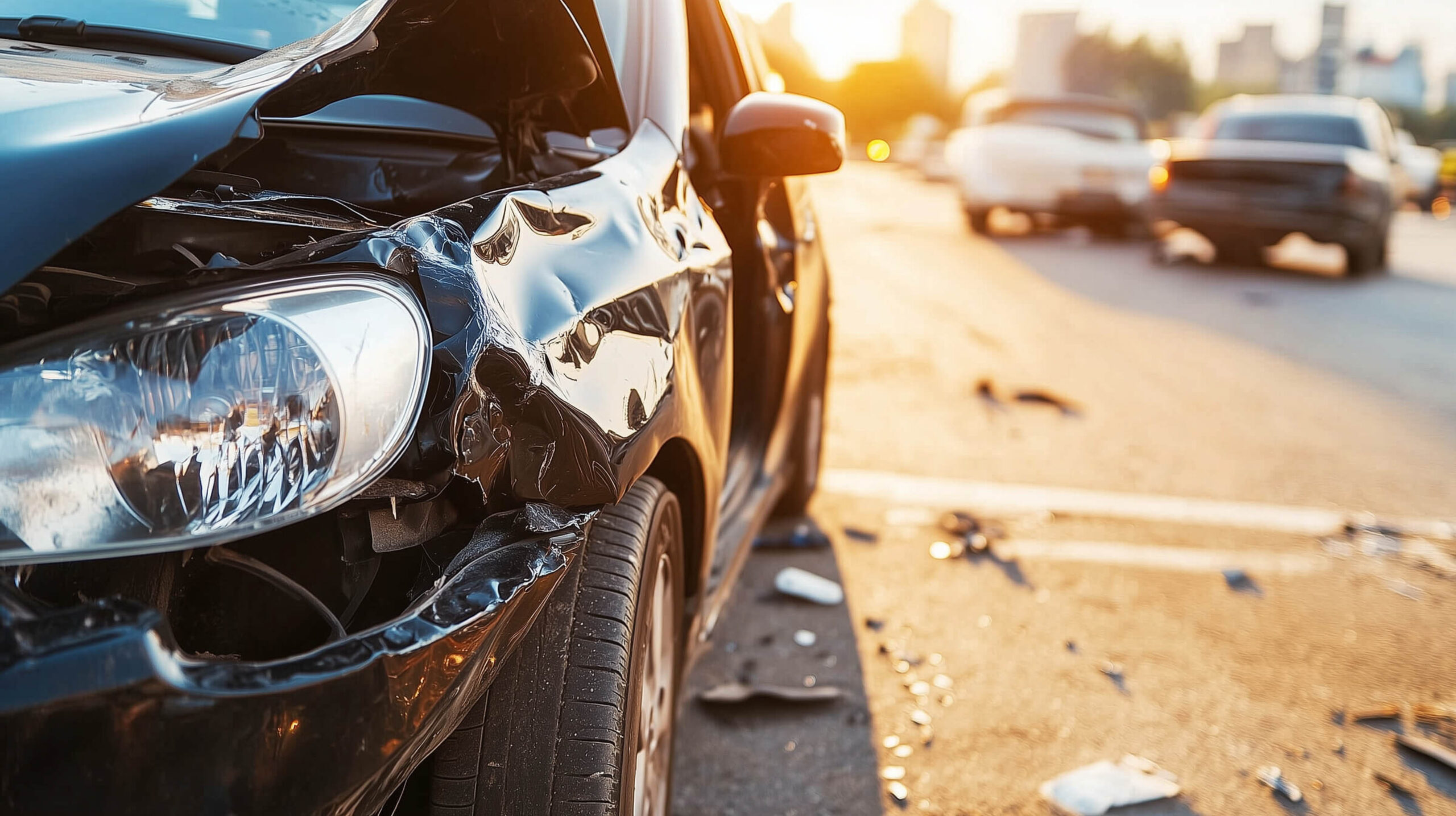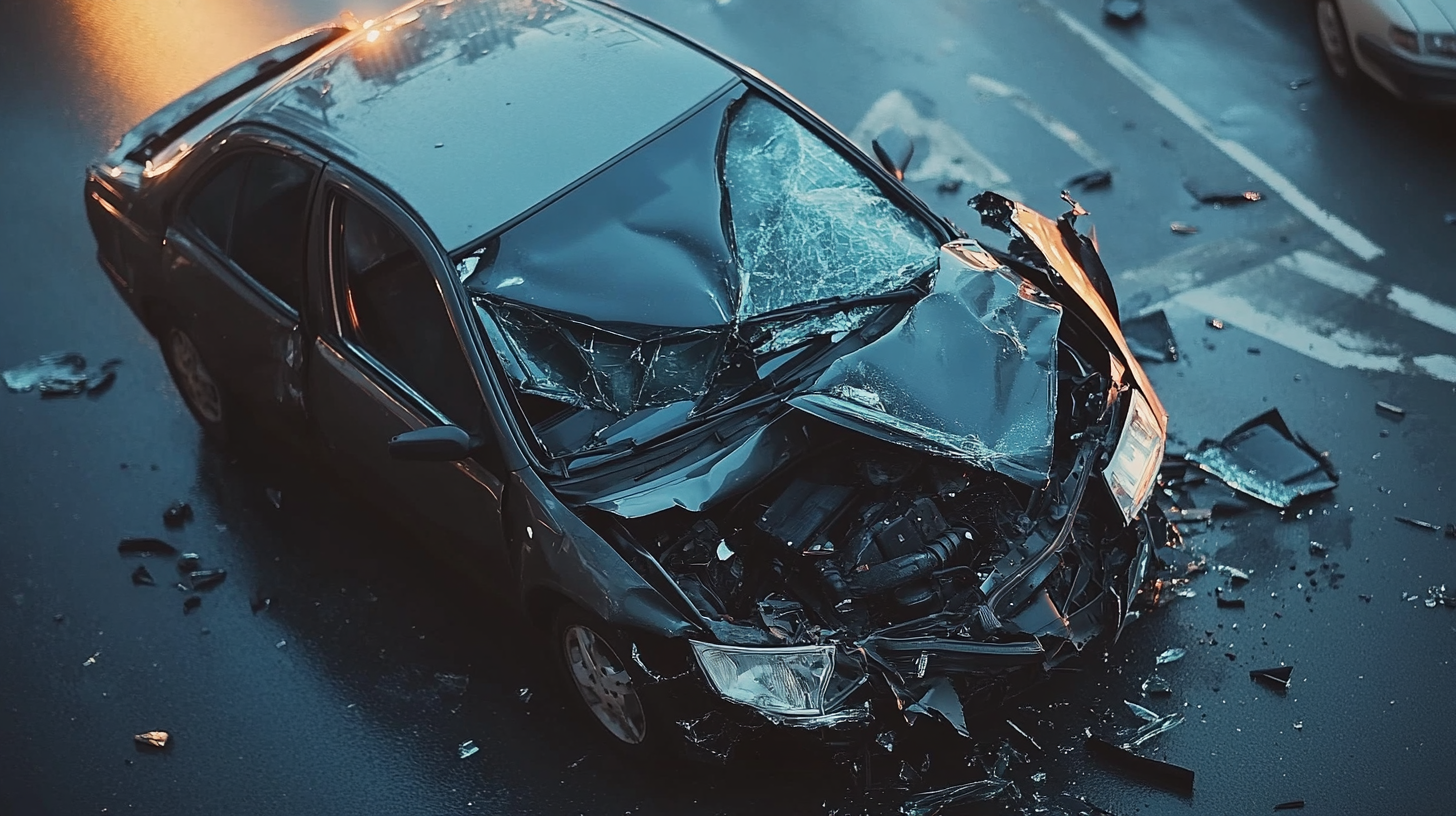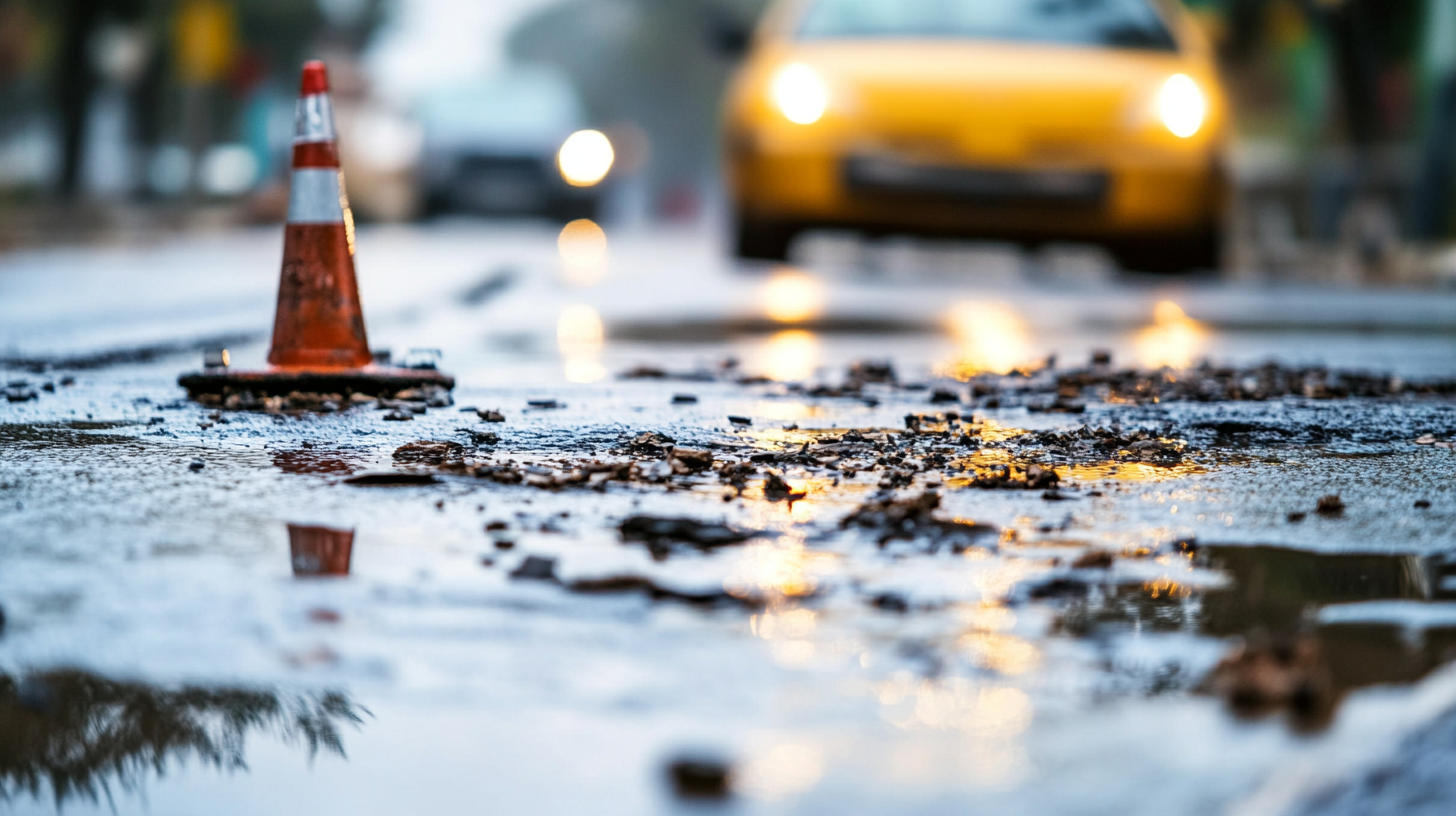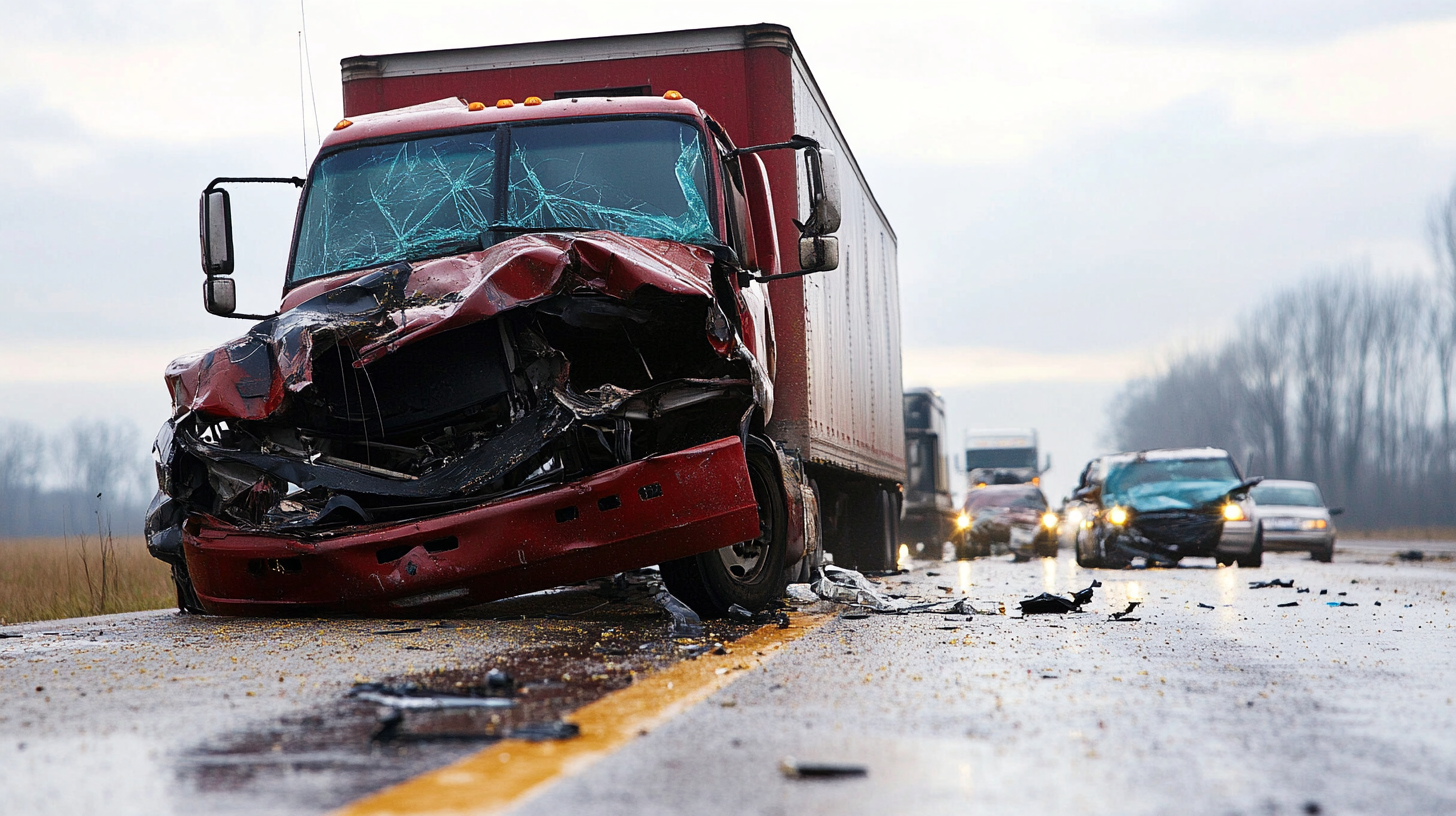Car accidents can have serious consequences, not only for those involved but also for the party deemed at fault. Understanding the liabilities associated with being at fault in a car accident is crucial for both drivers and victims. This article explores the various liabilities that the at-fault party may face, including financial responsibilities, legal implications, and insurance considerations.
Understanding Fault in Car Accidents
Determining fault in a car accident typically involves evaluating which driver acted negligently or violated traffic laws. Negligence can include behaviors such as distracted driving, speeding, running a red light, or driving under the influence of drugs or alcohol. When an accident occurs, authorities or insurance companies usually investigate the incident to establish liability.
Types of Liabilities
1. Financial Liability
The party at fault in a car accident can be held financially responsible for various damages, including:
- Property Damage: This includes the costs to repair or replace the damaged vehicles involved in the accident. If the at-fault driver’s actions caused damage to another person’s vehicle, they may be liable for repair costs.
- Medical Expenses: The at-fault party is typically responsible for covering the medical expenses incurred by the injured party. This can include hospital bills, rehabilitation costs, and any future medical care required as a result of the accident.
- Lost Wages: If the injured party is unable to work due to their injuries, the at-fault driver may be liable for lost wages. This includes compensation for both current and future income loss.
2. Pain and Suffering
In addition to tangible financial damages, the at-fault party may also be liable for non-economic damages such as pain and suffering. This refers to the physical and emotional distress experienced by the injured party as a result of the accident. Quantifying pain and suffering can be complex, and it often involves considering factors such as the severity of the injuries and their impact on the victim’s quality of life.
3. Legal Liability
The at-fault driver may face legal repercussions beyond financial obligations. Victims of the accident can file personal injury lawsuits against the at-fault party to seek compensation for their damages. If found liable in court, the at-fault party may face additional penalties, including:
- Court Costs and Legal Fees: The losing party in a lawsuit may be ordered to pay the winning party’s legal fees and court costs.
- Punitive Damages: In cases where the at-fault driver’s conduct was particularly egregious or reckless, the court may impose punitive damages. These are intended to punish the at-fault party and deter similar behavior in the future.
4. Insurance Liability
Insurance plays a crucial role in addressing liabilities arising from car accidents. Most drivers carry liability insurance, which is designed to cover damages caused to other parties in an accident. However, the specifics of coverage can vary widely:
- Liability Coverage: If the at-fault driver has liability insurance, their policy may cover the injured party’s medical expenses and property damage up to the policy limits. However, if the damages exceed those limits, the at-fault driver may be personally responsible for the excess.
- Uninsured/Underinsured Motorist Coverage: If the at-fault party lacks sufficient insurance coverage, the injured party may turn to their own uninsured or underinsured motorist coverage for compensation, if available.
Mitigating Liabilities
While being at fault in a car accident can lead to significant liabilities, there are steps drivers can take to mitigate these risks:
- Maintain Adequate Insurance: Ensuring that you have sufficient liability coverage can help protect your financial interests in the event of an accident.
- Consider Legal Representation: If you find yourself involved in a car accident, consulting with an attorney can help you navigate the complexities of liability and insurance claims.
- Document Everything: Keep detailed records of the accident, including photos, witness statements, and any police reports. This information can be invaluable in determining fault and resolving disputes.
Conclusion
Being the party at fault in a car accident comes with a range of liabilities, including financial responsibilities for damages, legal implications, and insurance considerations. Understanding these liabilities is essential for drivers to protect themselves and their interests. By maintaining adequate insurance coverage and being aware of legal responsibilities, drivers can navigate the complexities of car accidents more effectively and reduce the risk of severe financial consequences.
